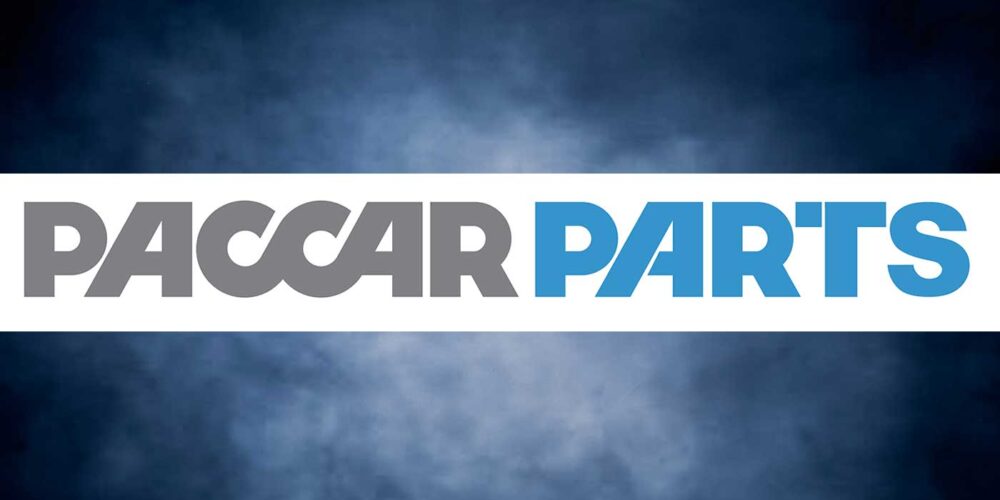Supply chain shortages hit the trucking industry hard and no more so evident than in new trucks that are slowly rolling off the line. It’s the dreaded microchip shortage that shows no sign of letting up, but while there’s been plenty of talk of not being able to get new trucks, fewer are talking about the issue that’s sidelining trucks that are currently on the road: The DEF sensor shortage.
And I’m not joking. I’ve been trying to track down sources on this story since fleets made a lot of noise about it at last fall’s TMC meeting. Luckily, Cory Just, director, dealer field service, Navistar which manufactures International brand trucks, and Talon Thomas, product management technical engineer, Noregon, stepped up to the interview mic to provide some helpful advice for fleets that are currently banging their heads against DEF sensor shortage issues.
So let’s start with the question that fleet managers are yelling at their desk right now:
Why is this happening?
“As it has with the entire industry, the semiconductor shortage has significantly impacted our supplier to provide the quantity of sensors to support unit-down situations; suppliers continue to be at risk until the chip shortage issue is resolved,” Navistar’s Just said. “The DEF Quality Level Sensor can be impacted by the warmer temperatures in summer months. With the change of seasons and cooler temperatures, we have seen sensor demand lessen and aftermarket supply level off to a more stable supply.”
Though we’re still in the thick of it, Noregon’s Thomas noted that this has been a storm on the horizon for some time:
“Many aftertreatment parts have been in short supply for years,” he said. “A few years back, component manufacturers changed the form factor of their DPF systems which led to parts becoming less standardized and more proprietary, which made parts scarcer.
“What we’re seeing now is a disruption to America’s Just in Time economy. We’ve become accustomed to the idea of ordering parts as they’re needed, but when this ability is threatened people panic buy and deplete the supply. As we are now experiencing with aftertreatment parts, a supply shortage is wide-reaching with many negative consequences.”
What’s being done to fix it or are we merely at the mercy of supply?
Just offered Navistar’s strategy:
“We are working directly with our suppliers to assist in the effort to restore the impacts of the various supply chain constraints,” he said. “In 2021, our sensor supplier expanded their production capacity to provide more sensors for Navistar service needs. We have invested in a QLS remanufacturing facility to increase the volume of sensors available for our customers. We also prioritize emergency and first responder vehicles in cases of limited sensor availability.”
Navistar continues to keep lines of communication open as incoming sensor supply hits their PDCs.
“Navistar is also working with our sensor supplier, alongside other industry peers, on a more coordinated approach with the chip manufacturers,” Just said. “It is an industrywide appeal to communicate the criticality of microchips to support the U.S. transportation sector.”
So what can fleets do about it in the meantime?
It’s hard to nail down a general reason sensors fail. As with most things in the fleet world, it can vary by manufacturer, application and operating environment, to name a few factors. When a sensor does fail the mode can range from a warning light to an engine derate.
“Malfunction of DEF Quality Sensors (DEFQS) can cause an engine torque derate through a number of different failure modes, including incorrectly or inappropriately detecting of low fluid quality in the diesel exhaust fluid tank, failure to communicate with the ECM, or being in a failed or offline state,” Thomas noted. “This derate will get progressively worse the longer any failure remains in a state of disrepair, eventually rendering the truck undrivable.”
Maintenance to help prevent DEF sensor failures
Whether you have or haven’t dealt with DEFQS failures, preventive maintenance is your best friend in keeping your trucks operational.
“When trucks are in the shop for a PM, it is best practice for technicians to check the quality of DEF using a refractometer,” Thomas recommended. “Doing this and documenting the readings help fleets couple this information with RO history and understand if a foreign contaminant has entered the tank at any point. Fleets should look to improve the life of their DEF/SCR systems by always opting for high-quality DEF fluid from a trusted source.”
“Proper storage of DEF will prevent degradation and reduce the chances of the system detecting an actual DEF quality issue,” Navistar’s Just stressed. “DEF should be stored at a temperature between 20 and 80 degrees F, and has a shelf life of approximately 12 months.”
You might also want to see how many unnecessary DPF regens your techs are running.
“DPF regenerations are not designed in any way to fix issues related to DEF/SCR systems,” Thomas said. “Often, a technician will see an indication of an aftertreatment issue in a fault description and move right to a forced regen, only to learn after the fact it did not correct the issue. When an unnecessary regen is forced, undue stress is placed on the DPF and its lifespan is unnecessarily shortened.”
Thomas’s truck service bottom line:
“Technicians should always follow proper aftertreatment diagnostics before moving forward with any bi-directional functions or controls.”
What’s the workaround for a failed DEF sensor?
Well, it’s happened. A DEF sensor has failed and now your truck is crawling its way to a shop. When it gets there, you have options.
“The U.S. EPA and CARB have approved the use of a temporary software solution to help bridge the gap, that allows vehicles to operate and meet required emissions regulations,” Navistar’s Just noted. “This temporary measure has been vital to getting and keeping more trucks running, especially at a time when new truck production across all OEs is limited by global supply chain constraints.”
“This highlights another critical point for fleet owners or managers, which is the importance of keeping software versioning updated,” Thomas stressed. (The bold emphasis is mine because we’ve covered what a widespread issue this is across pretty much all truck technologies.)
“Outdated software on DPF/SCR components will still cause the engine to derate because of the quality sensor reading,” Thomas continued, “but updating to the newest version allows that component to be calibrated to the temporary standards allowed by the EPA.”
Don’t want to end up here again? Look to the details in data
You can take stock of how hard you’ve been hit by this issue, not just in the past year, but in the last truck lifecycle. The only reason it hurts now is because of constrained supply. But if you have a large enough service history supporting DEF sensor needs, you can better forecast your future new sensor stocking demands.
Thomas provided a general forecasting example:
“Say an engine manufacturer consistently throws a fault around 400,000 miles requiring a component to be replaced. Given how consistent this fault is, fleets have the information to plan ahead and not let problems like this catch them unprepared.”
Sure, it might mean you’re carrying the cost up-front but it sure beats the continued monumental cost of a derated truck limping home and waiting for the fix.














